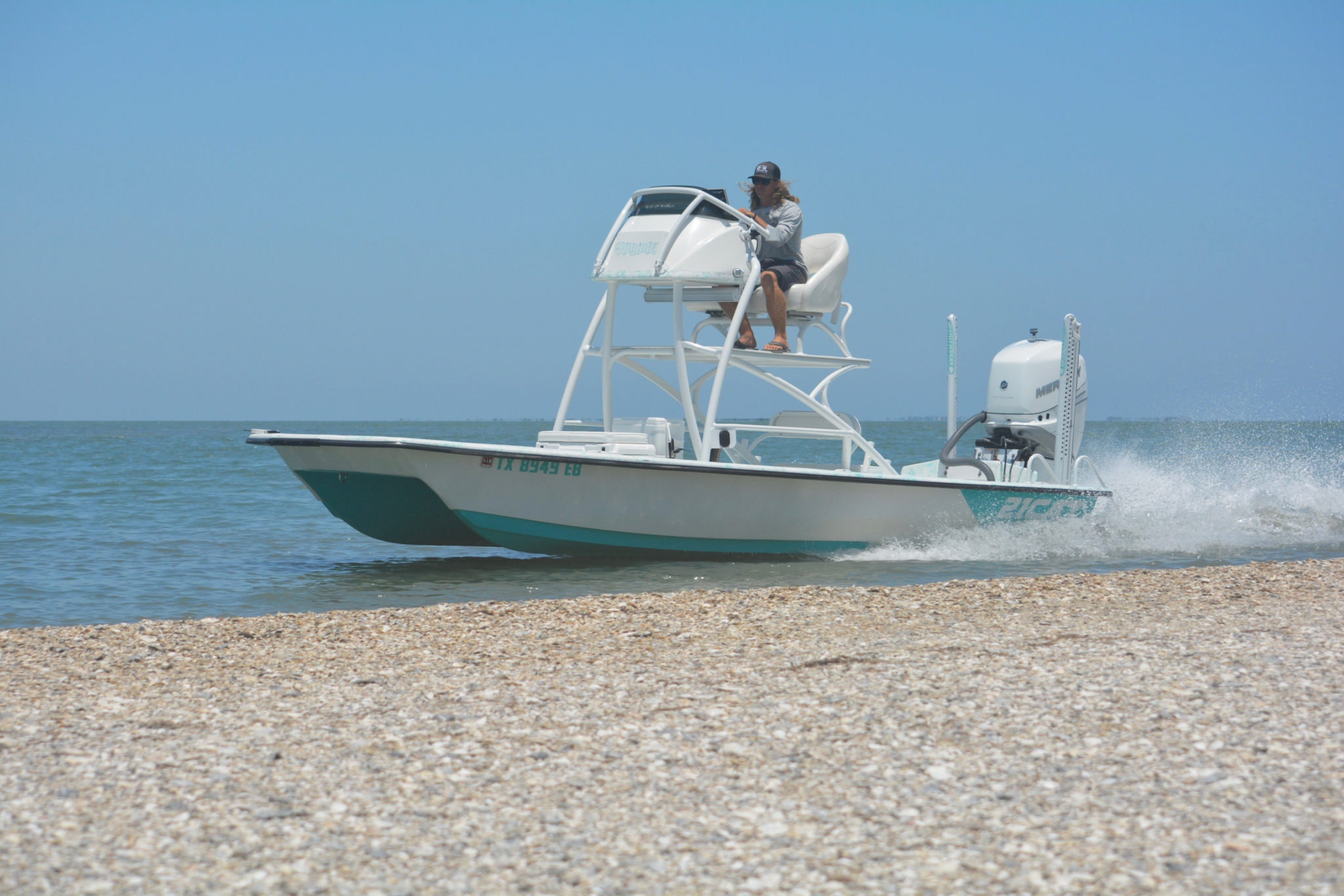
Joe Harris and David Hagemeyer
By Capt. David C. Dillman
galvestonbaycharterfishing.com | 832-228-8012
The Holiday season is here. Another year has come and gone and folks will begin making their plans for the holidays. If you enjoy the outdoors, fishing or hunting, this is prime time! Hunting begins in earnest and fishing can be the best of the year!
This past January and February, we experienced true winter weather along the Upper Coast. Wind, rain, and freezing precipitation greeted us throughout these two months. Some fish kills were reported, but nothing substantial along the Upper Coast.
During March and April, we did experience some late season fronts. As the weather stabilized, spring-like weather arose, as did the water temperatures. Good catches of trout came from Lower and East Galveston bay. Everything was shaping up for an excellent year of fishing.
May and June arrived and the weather took a turn for the best. Fishing in East Bay got even better, with excellent catches of speckled trout coming from the reefs. During the latter part of May, trout made their move to the middle areas of the bay. The trout catches increased around Eagle Point. In June, the wells located off of Eagle Point produced excellent catches of trout and redfish.
July and August blew in along with inconsistent winds. On any given day, the wind would blow from two or three different directions and velocity. This curtailed what was excellent trout fishing. Those who concentrated their effort on other species, were rewarded. I myself went after redfish and the action was outstanding! Winds finally settled in late August, and the trout catches rebounded, along with great catches of sand/gulf trout and drum.
This bring us to September and October. In my last article, I stated these two months were the “transition period” for Galveston Bay. Indeed it was! During the first week of September, everything was good and fish were falling into their seasonal change. Then, the Galveston area experienced rain, almost, if not every day in September. We did not have a major flush of freshwater into our bay, but in some locations, 100 year old rainfall totals were broken for the month.

Maco Fowlkes, Gage Fowlkes and Mike Bishop.
In October, Florida was hit with a catastrophic hurricane, which caused our tide levels to rise 2 feet above normal. The high tides have curtailed catches. Look for tide levels and fishing to return to a normal fall pattern as more cold fronts occur.
Finally, this bring us to November and December; what I refer to as the “Holiday Season.” There is no better time for a true sportsman in Texas. Fishing between the fronts can produce some of the best catches of the year, and hunting season is wide open. On the fishing scene, the annual flounder run will be in full swing. These fish will be making their migration to the Gulf, and lots of anglers will target just these fish for their well known table fare! Trout and redfish will be plentiful in the upper end of our bay system. I will be fishing between the fronts and preparing for the annual Houston Boat Show starting Jan. 4, 2019.
Eagle Point Fishing Camp will continue to hold live bait. They can be reached at 281-339-1131 for updates on bait and fishing. Until next year, may God Bless all of you during this great time of year.








































 Rum Punch
Rum Punch Bacardi Bomb Pop
Bacardi Bomb Pop




 The
The  Jasen Gast has owned
Jasen Gast has owned 












